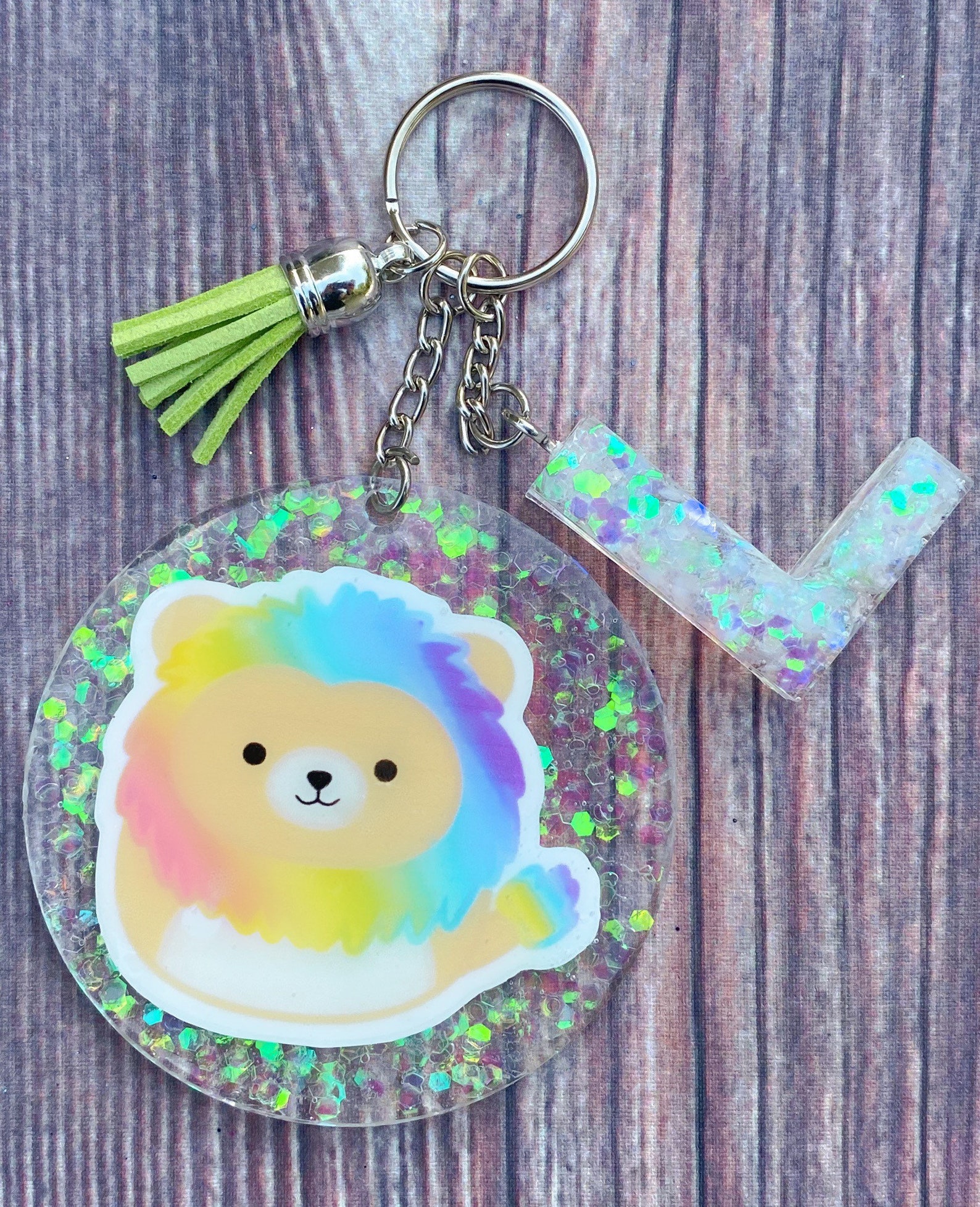

If you only look at the last 12 months, seasonal keywords can look like trending terms. Using the dropdown menu above the graph, filter your query to see activity as recent as the last hour or all queries from 2004 to the present.Įxpanding the date range can help you spot seasonal keywords. Google Trends gives access to real-time data. The darker parts of the map indicate where your target keyword is most popular.Ĭlick on parts of the map to narrow results.įor example, you can move from country to state…Ĭomparing how popular the search term “backpack” is in specific cities in the Los Angeles metro area.

You can also scroll down to see search interest represented visually on a map. You can see search data worldwide or in a specific country. Refine the data using the dropdown menu above the graph. In this example, the week of August 8-14 is indexed at 100 because that’s when search interest peaked during the time range. Google Trends data is indexed to 100, with 100 representing the maximum interest.A ratio allows more accurate comparisons of data from different periods and locations, showing a snapshot of what’s trending upward. The graph shows interest in relevant topics as a proportion of total searches at a particular time and place.

When you plug in a topic - such as “backpack” - you’re presented with a line graph that shows interest for specific keywords within a particular time frame and location. Use the dropdown menu at the top to select a location. Open Google Trends to start keyword research on related topics for your business or niche.


 0 kommentar(er)
0 kommentar(er)
